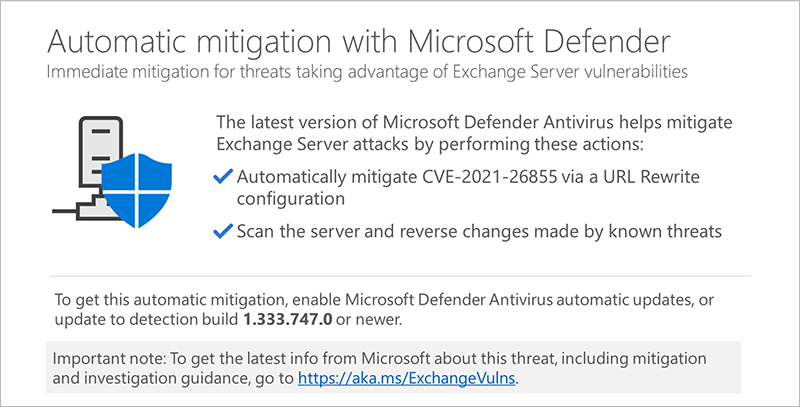Provided below are some of the predictions for 2021 by Forrester.
In 2021, Remote Work will rise to 300% of pre-COVID levels
Most companies will employ a hybrid work model, with fewer people in the office and more full-time remote employees. As a major portion of the workforce develops the skills and preference for effective remote work, they will come to expect a work-fromanywhere strategy from their company rather than an exception-driven remote-work policy. Expect this to reshape talent acquisition, moving right into talent poaching, as the most desirable workers seek location agnostic work opportunities.
33% of data breaches in 2021 will be caused by insider incidents, up from 25% in 2020
Remote work drives uptick in insider threats. Three major factors that will produce an uptick in insider threats:
1) the rapid push of users, including some outside of companies’ typical security controls, to remote work as a result of the COVID-19 pandemic;
2) employees’ job insecurity;
3) the increased ease of moving stolen company data.
Combined, these will produce an increase of 8 percentage points in insider incidents, from 25% in 2020 to 33% in 2021
30% of firms will increase spend on cloud, security and risk, networks and mobility
Leading CIOs will embrace cloud-first and platform strategies for speed and adaptiveness, eschewing stovepipes for end-to-end solutions. Interviews with leading CIOs found that they are collaborating more across organizations, objectives, and budgets, extending IT-business partnerships into enterpriselevel shared accountability. They will also invest aggressively in employees, breaking down old ideals and resolving resistance within the organization.
CIOs focused on employee experience (EX) will help their firms attract, develop, and retain talent that can provide competitive advantage in a critical year.
CIOs who are slow or unable to adapt will have at least two problems on their hands:
1) massive attrition
2) getting mired in short-term fixes, like tech modernization, simplification, and consolidation, that achieve only digital sameness through peer-comparison strategies by the end of 2021
The global public cloud infrastructure market will grow 35% in 2021
The impact of the global pandemic reinforced the tremendous value and necessity of cloud computing to the world’s economy and workforce. Without cloud apps, tools, and services, businesses could not have sent millions of workers home, maintained global supply chains, or shifted entire industry business models in a matter of weeks.
The changes brought about by COVID-19 forced companies to prioritize speed and customer experience over cost savings and efficiency — and they flocked to public cloud services faster than ever. It is predicted that the global public cloud infrastructure market will grow 35% to $120 billion in 2021.
Regulatory and legal activity related to employee privacy infringements will double
Forrester predicts that in 2021, regulatory and legal activity regarding employee privacy will double. While European regulators are already enforcing privacy rules to protect employees’ personal data, countries such as Brazil, India, and Thailand will soon do the same. Companies must take a “privacy by design” approach when handling employee personal data. Doing this entails identifying and following all relevant requirements, including and beyond privacy; assessing specific privacy and ethical risks; and communicating transparently with employees.





















